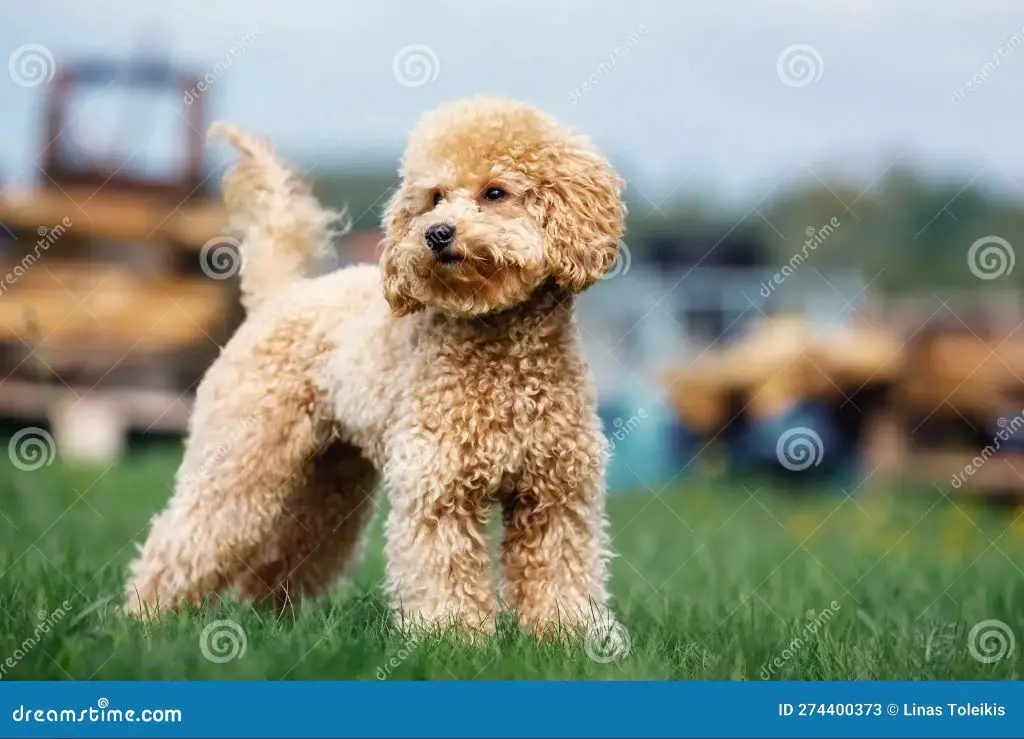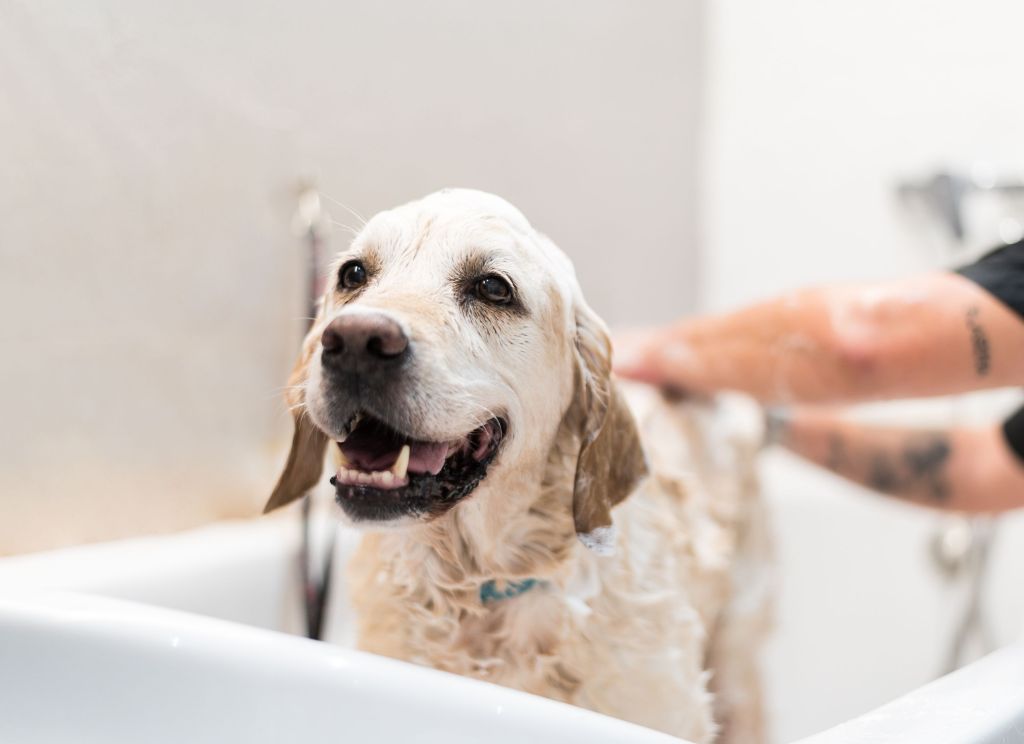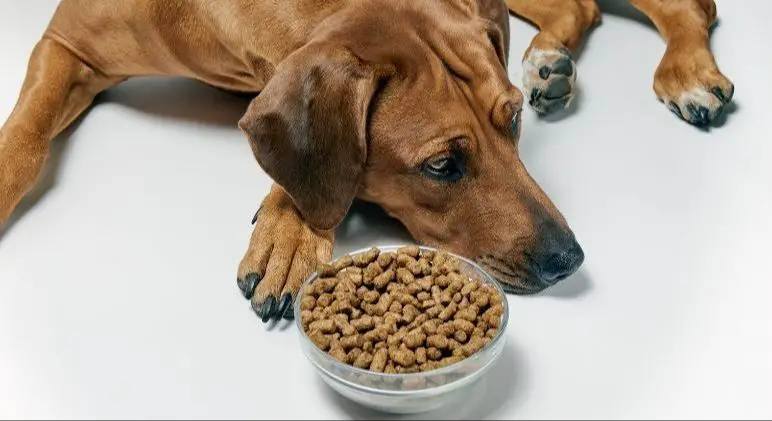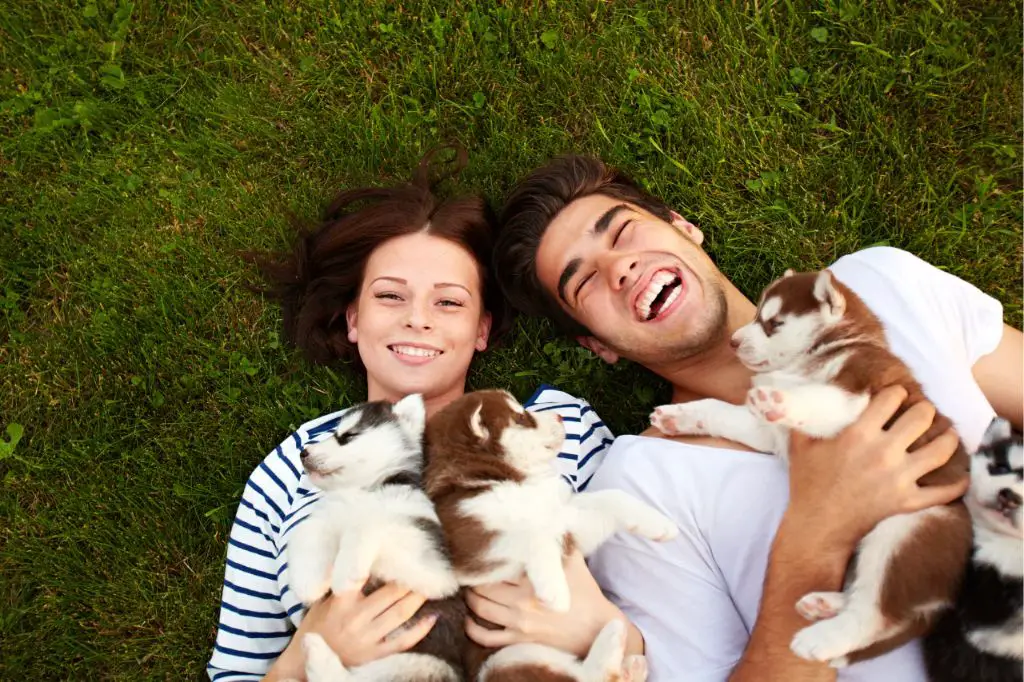Introduction
All dogs shed to some degree, as shedding helps dogs renew their coats seasonally. However, some breeds shed far less than others, making them ideal for people who want to minimize pet hair around their home. Shedding is related to the dog’s coat type – breeds with dense, double coats tend to shed more. Dogs were originally bred for specific jobs and environments, which affected how much they shed. Nowadays, there are several medium to large dog breeds that hardly shed at all due to careful breeding for low-shed coats. These low-shedding dogs offer the perfect combination of gentle temperament and easy-care coats for active families.
In this guide, we’ll cover the benefits of owning a low-shed dog, recommend both medium and large low-shed breeds, provide grooming and nutrition tips to minimize shedding, and suggest ways to keep your home tidy when sharing it with a dog. With some planning and preparation, living with a low-shed dog can lead to less pet hair around your house.
What Causes Dogs to Shed?
One of the main reasons dogs shed is due to their seasonal shedding cycles. Dogs will shed their winter coats in the spring and summer to allow for a lighter, cooler coat as the weather warms up. They will then shed their summer coat in the fall and grow in a thicker, warmer winter coat as temperatures drop. This seasonal shedding is natural and helps regulate a dog’s body temperature throughout the changing seasons.
According to the AKC, shedding seasonally “allows for new, more suitable coat growth” [1]. Dogs with double coats like Labradors and German Shepherds will shed heavily during seasonal changes. Dogs with single coats like Boxers will shed regularly year-round but may shed more during seasonal changes.
Other factors like age, diet, and health can also impact shedding. Pregnant and lactating dogs will shed more. Stress, poor nutrition, and illness can also increase shedding. Overall, shedding is a natural process, especially concentrated during seasonal coat blowing events.
Benefits of Low-Shedding Dogs
One of the biggest advantages of choosing a low-shedding dog breed is that they produce less dander and hair around the house. Dander is composed of microscopic flecks of skin that dogs naturally shed all the time. For people with allergies, exposure to high amounts of dander can trigger allergy symptoms and make them feel miserable. Low-shedding dogs have coats that don’t release as much dander into the air and environment. This makes them easier to live with for allergy sufferers.
In addition, low-shedding dogs don’t leave as much hair laying around on furniture, carpets, and clothing. This saves homeowners time and effort on cleaning up after their dog. Pet hair can cling to fabric, get woven into carpets, and be difficult to remove completely. Choosing a low-shed breed can drastically cut down on the amount of vacuuming, lint-rolling, and fur removal required to keep a home looking clean.
Overall, people with allergies or those looking to minimize pet hair will appreciate the lower maintenance required for low-shedding dog breeds. Their coats release less dander and hair, creating a cleaner home environment. According to this source, one of the most significant advantages of non-shedding breeds is their hypoallergenic nature, making them ideal choices for allergy sufferers.
Best Low-Shedding Medium Dog Breeds
Many families prefer medium-sized dogs for their balanced combination of energetic affection and cuddly closeness. They can live comfortably in any home, regardless of size. They are manageable enough for an apartment dweller but have enough energy to satisfy an active family. Here are some of the most popular low-shedding medium dog breeds:
The Poodle comes in three sizes – Standard, Miniature, and Toy. The Standard Poodle is a medium-sized dog that hardly sheds at all and is considered hypoallergenic. Poodles have a reputation for being super smart and easy to train. They need a moderate amount of exercise. Poodles are energetic, playful, and loving companions that bond closely with their families.

The Portuguese Water Dog was bred to work alongside Portuguese fishermen, retrieving nets and herding fish. Today they make an ideal pet for active families who can provide enough exercise and mental stimulation. Their single-layer coat sheds minimally and is easy to groom. They are intelligent, loyal, and eager to please their families.
There are three types of Schnauzer – Miniature, Standard, and Giant. The Miniature Schnauzer falls into the medium-sized category. All Schnauzers have wiry coats that shed lightly. They are vivacious, smart, and protective of their families. Schnauzers need daily exercise and extensive grooming. With proper care, they make affectionate and amusing pets.
Best Low-Shedding Large Dog Breeds
If you’re looking for a larger dog but want to keep shedding to a minimum, there are some great low-shedding breeds to consider. Here are a few of the top options for low-shed large dogs:
Standard Poodle
The Standard Poodle is an excellent choice for those seeking a smart, friendly, and hypoallergenic big dog. Poodles have a dense, curly coat that sheds minimally and requires regular grooming and clipping. With proper care, Poodles hardly shed at all. Their coats come in a variety of solid colors including black, white, brown, gray, apricot, red, silver, blue, and cafe-au-lait. Poodles are very intelligent, eager to please, and adapt well to training. They make wonderful companions and family dogs. According to the American Kennel Club, Poodles stand over 15 inches tall at the shoulder (https://www.akc.org/dog-breeds/poodle-standard/).
Irish Water Spaniel
The Irish Water Spaniel has a dense, curly coat that requires regular grooming but is non-shedding. This energetic, intelligent breed has a distinctive curly rat-tail and comes in liver, purple, or solid black coats. Irish Water Spaniels shed very little, although their coat continues to grow and requires trimming. They need daily vigorous exercise. This breed stands over 21 inches tall and weighs 55-65 pounds. Irish Water Spaniels excel at hunting,retrieving, watchdog abilities, and competitive obedience (https://www.akc.org/dog-breeds/irish-water-spaniel/).
Airedale Terrier
The Airedale Terrier has a wiry, dense coat that sheds little. Their coat requires stripping by hand or clipping two to four times a year. Airedales have a hypoallergenic coat that produces little dander. This energetic, intelligent breed excels at hunting, watchdog abilities, police work, and competitive obedience. Airedales come in tan with black markings, grizzle and tan, and pure black coats. They stand 23 inches tall on average and weigh 50-70 pounds. Airedales need plenty of exercise and mental stimulation. Their coat provides warmth without much shedding (https://www.akc.org/dog-breeds/airedale-terrier/).
Grooming Tips for Low-Shed Dogs
Regular grooming is essential for keeping a low-shedding dog’s coat healthy and minimizing loose hair in your home. Here are some key grooming tips:
Brush your dog frequently, ideally every day. Use a slicker brush and/or a shedding tool designed for low-shedding breeds. Brushing helps remove dead hair that would otherwise end up around your home.
Give your dog occasional baths with a mild, dog-friendly shampoo. Bathing helps loosen dirt and dead hair. Be sure to thoroughly rinse and dry your dog’s coat afterwards.

Schedule regular visits with a professional groomer for haircuts and trims. Many low-shedding breeds require regular trimming to prevent their hair from becoming matted or tangled. Professional grooming every 4-8 weeks is usually sufficient.
Check for mats in your dog’s coat, which can trap loose hair against their skin. Gently brush out mats or have a groomer shave them off. Prevent mats by regular brushing.
Trim the fur between your dog’s paw pads. This hair can trap dirt and debris. Keeping it trimmed helps prevent tracking loose hair through your home.
Ask your groomer to use special shedding tools like shedding blades or Furminators during appointments. These tools are designed to remove excess loose undercoat.
Never shave your low-shed dog’s coat completely, as this can damage their skin and fur over time. Simply trim their coat to an appropriate length.
Nutrition for Healthy Skin and Coat
A dog’s diet plays an important role in skin and coat health. The right nutrients can help reduce shedding and promote a shiny, healthy coat. When looking for a dog food to minimize shedding, pay special attention to high quality protein sources and fatty acids.
High quality protein provides the amino acids that are essential building blocks for hair. Look for foods with meat, fish, or egg as the first ingredient. Salmon, white fish, and other fatty fish are great options as they provide omega-3 fatty acids that reduce inflammation and promote skin health (Gone With the Fur: Find Dog Food That Helps With Shedding).
Omega-3 and omega-6 fatty acids play a key role in skin and coat health. They nourish the skin, reduce dander, and minimize shedding. Look for foods rich in fish oils, flaxseed, sunflower oil, or other healthy fats. Supplementing with fish oil or coconut oil can also help.

Avoid poor quality or filler ingredients like corn, wheat, soy, and by-products. These provide little nutritional value. Focus on high quality whole food ingredients to nourish the skin and coat from the inside out. With the right diet, you can keep shedding under control.
Exercising Low-Shedding Dogs
Regular activity is essential for low-shedding dogs to keep their skin and coats healthy. Exercise increases blood circulation, which nourishes hair follicles and skin. An inactive dog is more likely to experience dry, flaky skin that leads to excess shedding. Low-shedding breeds with dense coats especially require vigorous activity to prevent skin irritation and blockages.
Aim for at least 30-60 minutes of exercise per day, such as going for walks, playing fetch, or taking part in canine sports. Swimming and hiking are great low-impact activities. Consult your veterinarian to determine the ideal exercise regimen based on your dog’s age, health status, and breed traits. Monitor your dog’s energy levels – if their coat appears dull or they seem restless, increase daily activity.
While exercise reduces shedding, overdoing it can have the opposite effect. Watch for signs of fatigue like lagging behind on walks or reluctance to play. Hot summer weather can also exacerbate shedding in dogs exercised outdoors. Ensure your low-shedding dog stays hydrated and limit time in the sun.
With the proper amount of regular activity suited to your individual dog, you’ll help minimize excess shedding while keeping their coat vibrant.
Making Your Home Low-Shedding Friendly
While you can’t completely stop shedding, there are ways to manage all that loose fur in your home. Here are some tips for making your home more low-shedding friendly:
Install high-quality air filters in your heating/cooling system and vacuum with a HEPA filter vacuum cleaner. HEPA filters will capture much of the pet dander and loose fur floating around in the air (source 1).
Vacuum frequently with a vacuum cleaner designed for pets. Focus on upholstered surfaces where fur can collect. Vacuuming up loose hairs before they spread around your home can make a big difference (source 2).
Use washable covers on furniture and beds. These make cleaning up shed fur much easier. Simply remove and launder as needed (source 3).
Groom your dog regularly to remove loose undercoat. This will cut down on how much shedding happens around your home.
Clean frequently and don’t let fur build up over time. The more you stay on top of cleaning, the easier it will be to manage.
Finding a Responsible Breeder
When looking for a low-shedding puppy, it’s important to find a responsible breeder who prioritizes the health and well-being of their dogs. Responsible breeders will have completed all recommended health testing for the breed, including tests for eye issues, hip dysplasia, thyroid problems, and genetic diseases. They should be able to provide documentation of the parent dogs’ health clearances.
Additionally, responsible breeders will have screened breeding dogs for proper temperament. Puppies should be well socialized and comfortable around people and other animals. Breeders should be knowledgeable about the breed’s characteristics and able to match puppies with families based on activity level and lifestyle.

The Humane Society provides tips for identifying responsible breeders, including visiting facilities in person, meeting parent dogs, and requesting references from past puppy buyers [1]. Reputable breeders will welcome questions and prioritize the well-being of puppies and dogs over profits.
Avoid purchasing from pet stores or breeders who cannot provide documentation of health testing. Work with breed-specific rescue organizations or shelters to adopt if looking for an adult low-shedding dog.
